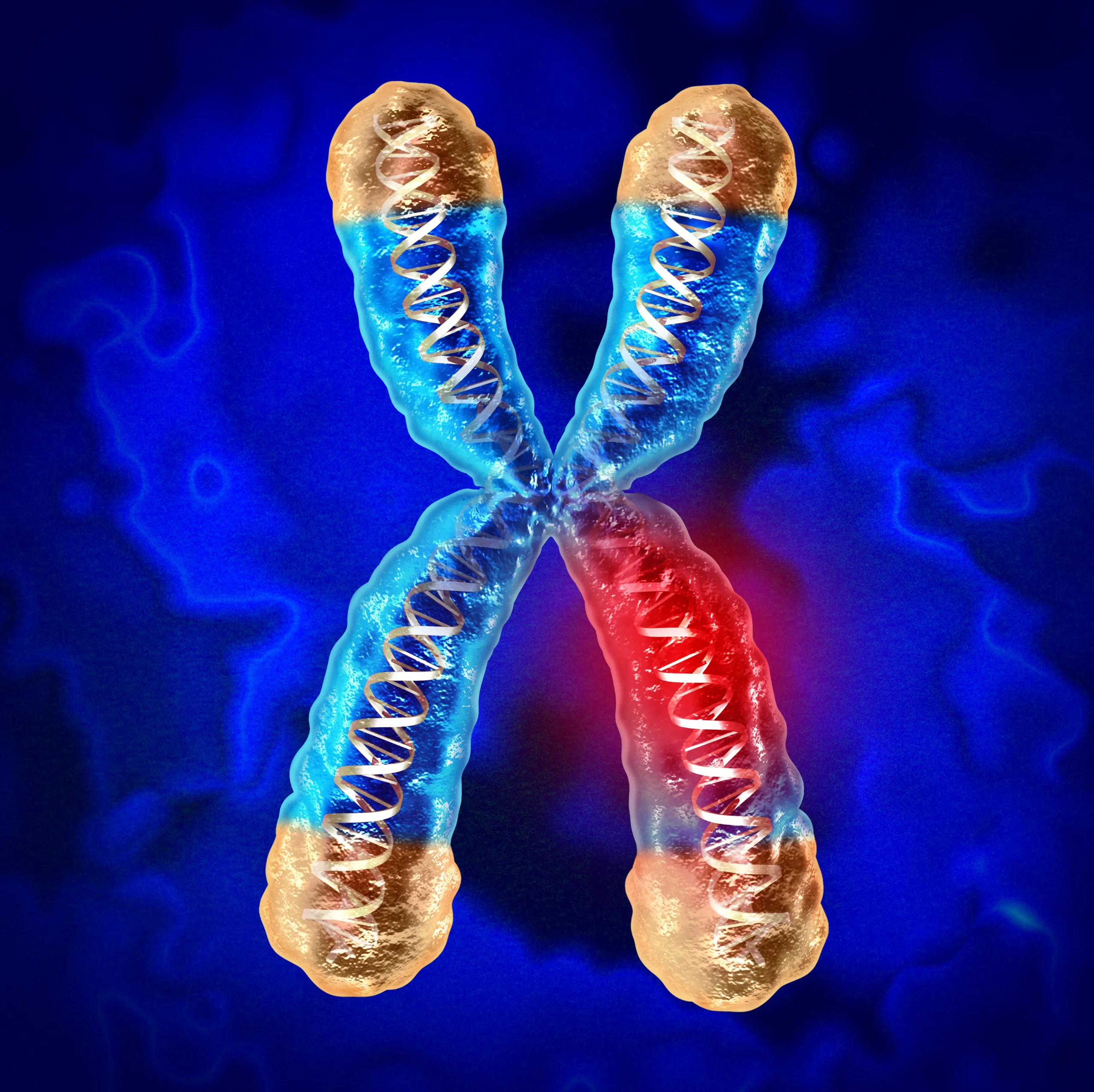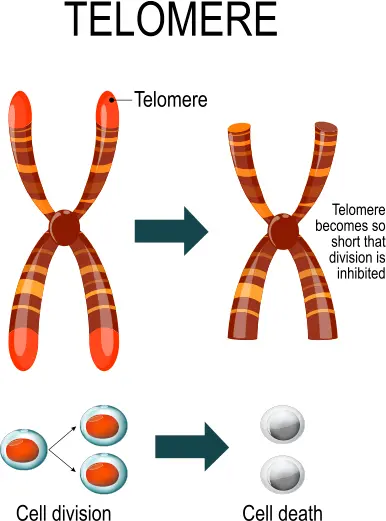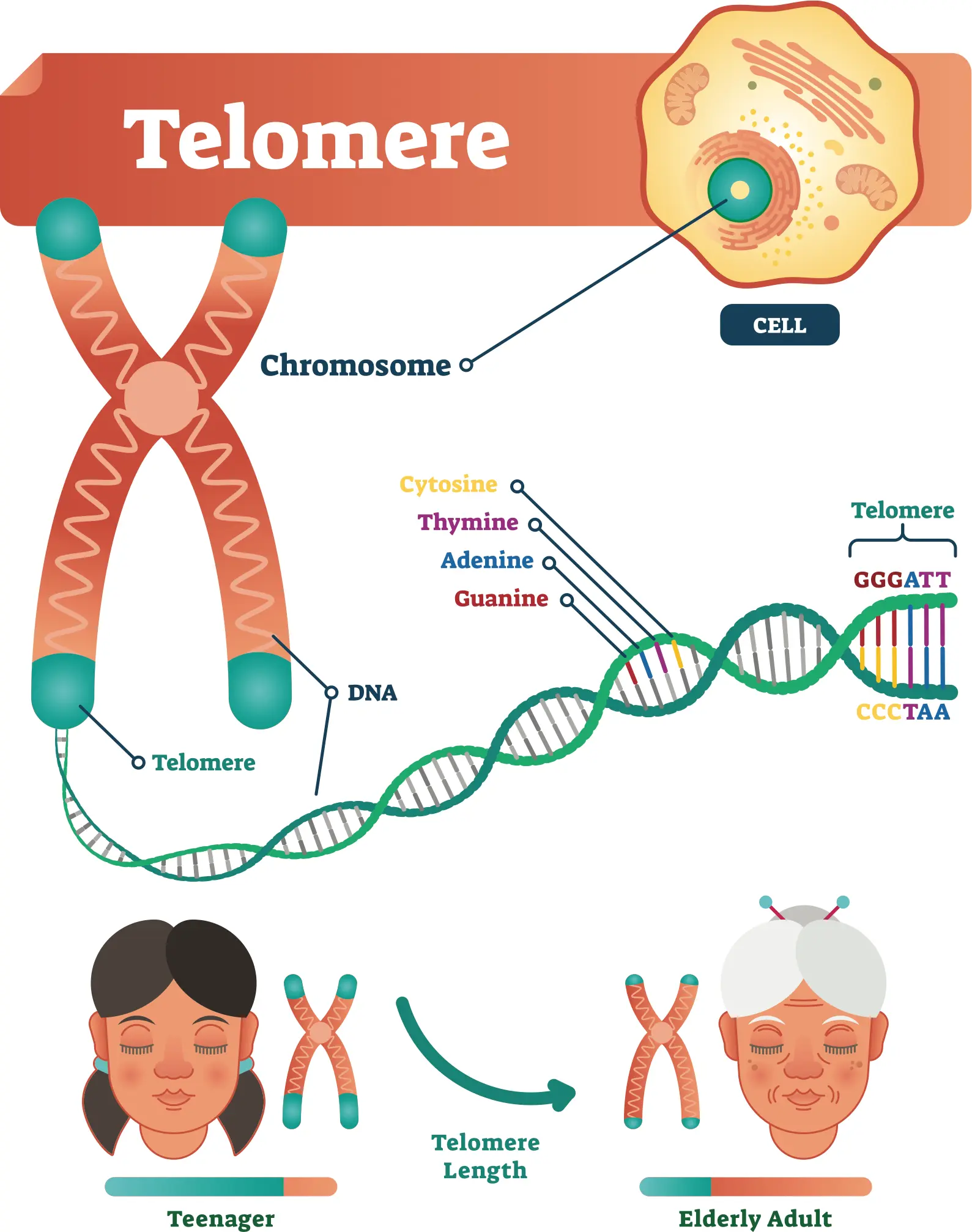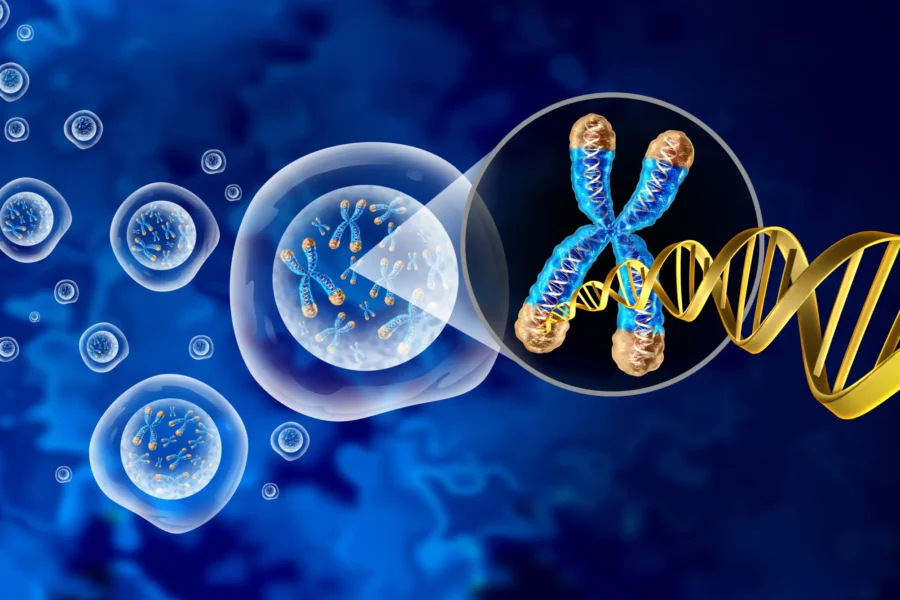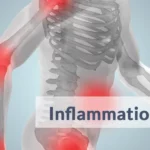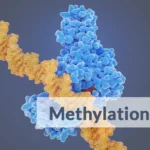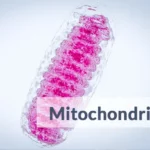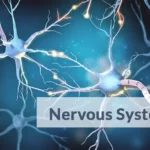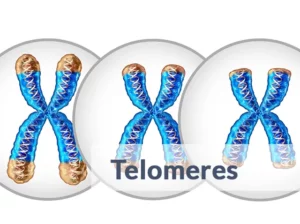 Telomeres (teh·luh·meer) are protective structures (sometimes referred to as ‘end caps’) locatedin the nucleus, at the ends of chromosomes, and composed of DNA and proteins. They play a crucial role in maintaining the genome’s integrity and regulating the cells’ lifespan. Telomeres consist of repetitive DNA sequences that shorten with each cell division, eventually leading to cellular senescence (suh·neh·sns), or the inability to divide further.
Telomeres (teh·luh·meer) are protective structures (sometimes referred to as ‘end caps’) locatedin the nucleus, at the ends of chromosomes, and composed of DNA and proteins. They play a crucial role in maintaining the genome’s integrity and regulating the cells’ lifespan. Telomeres consist of repetitive DNA sequences that shorten with each cell division, eventually leading to cellular senescence (suh·neh·sns), or the inability to divide further.
Order your test now. You can order a single test or a family bundle (2 sets or 3 sets). Click below to order now.

